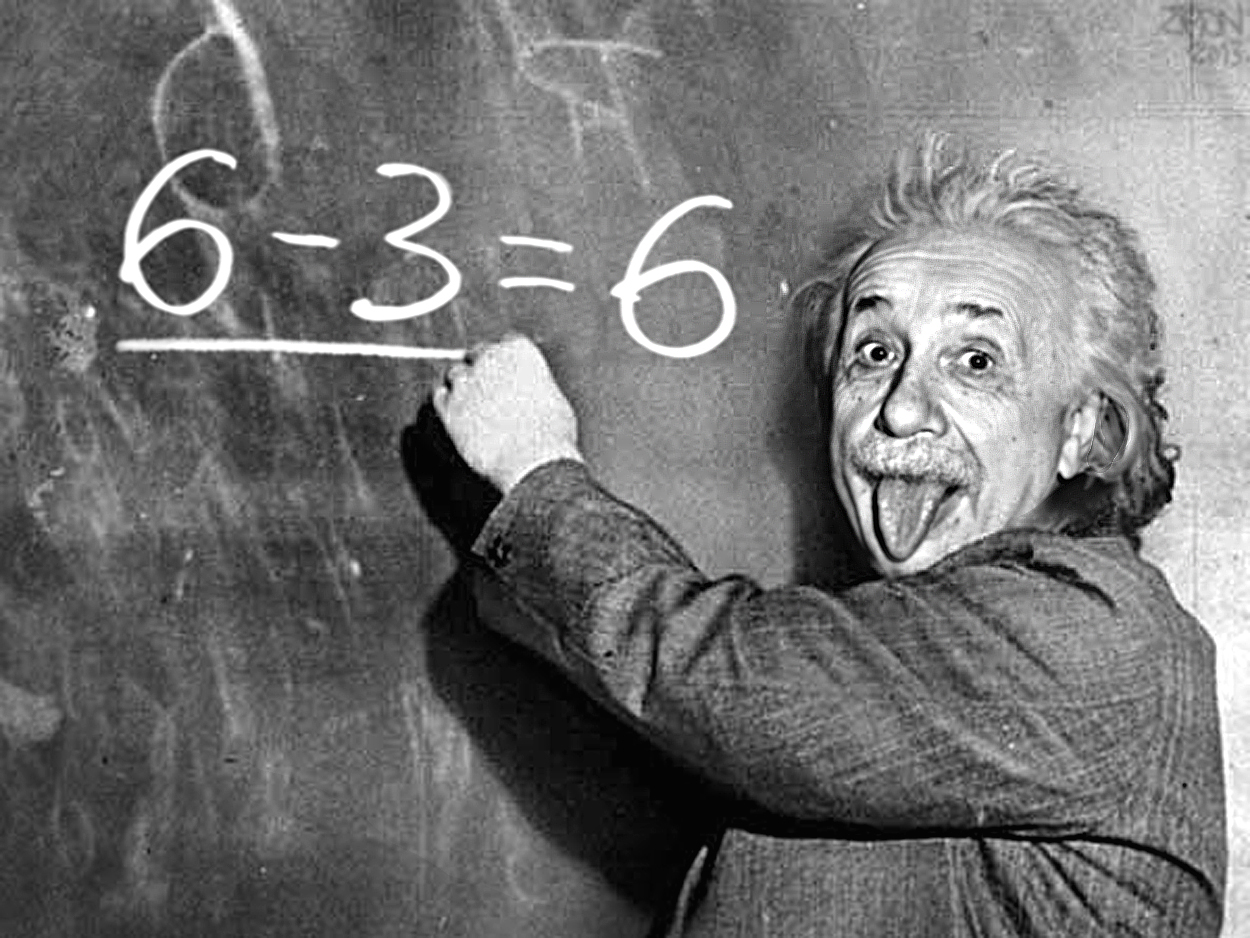Science is
not as concrete as we believe it to be. What we know today as fact was once
only theory. Only through the evaluation of those premises, conclusions, and so
called “facts” can society continue to develop its scientific beliefs. Brilliant
Blunders highlights those major miscalculations by great scientific thinkers
that led to other discoveries and truths even though that was not the scientist’s
intention.
Let us
consider Einstein’s General Theory of Relativity that proposes objects move in relation
to each other in time creating the space-time continuum that still holds true
today. He also proposed a concept called dark energy. He later removed the
theory calling it a mistake. A problem resulted when other researchers
confirmed that it actually exists. NASA currently believes that dark energy
constitutes most of our universe and Einstein was right.
Science is
on its own continuum of development. Mistakes are rarely accidental and require
significant learned skill to make correctly. For example, the incorrect model
of DNA proposed by Linus Pauling was wrong but also
helped to develop a better model of DNA. The same can be said of Darwin’s
Origin of Species. The incorrect models of thinking were leaps in intellectual
advancement that helped others to think differently.
Science is about putting forward a
hypothesis, model and theory. They are all only explanations that can change
over time as new discoveries are found. A hypothesis is tested to create a
model and models are used to develop theories. A model is the physical
representation of a theory and is used to generate a theory. Sometimes models
are derived from a theory to test the validity of that theory.
People propose ideas and concepts
and these may not always be correct. However, as they move through the
scientific method they also develop affirmations and negations that can be used
in other theories. Science is an additive process whereby each study helps lend
support or remove support for concepts until a predominant theory takes hold.
Blunders are part of that process of learning.
The book helps scientists understand
that there is no such thing as a mistake as some of the greatest discoveries in
the world are mistakes. Mistakes add to the body of knowledge and this body of
knowledge makes its way slowly into the collective intelligence. Such knowledge
is then used to advance practical concerns in the business and civilian world. If
you want to understand how to make a mistake the right way read this book.
Livio, M. (2013). Brilliant Blunders: From Darwin to
Einstein-Colossal Mistakes by Great Scientists that Changed Our Understanding
of Life and the Universe. Simon and Schulster, NY. ISBN 9781439192368
